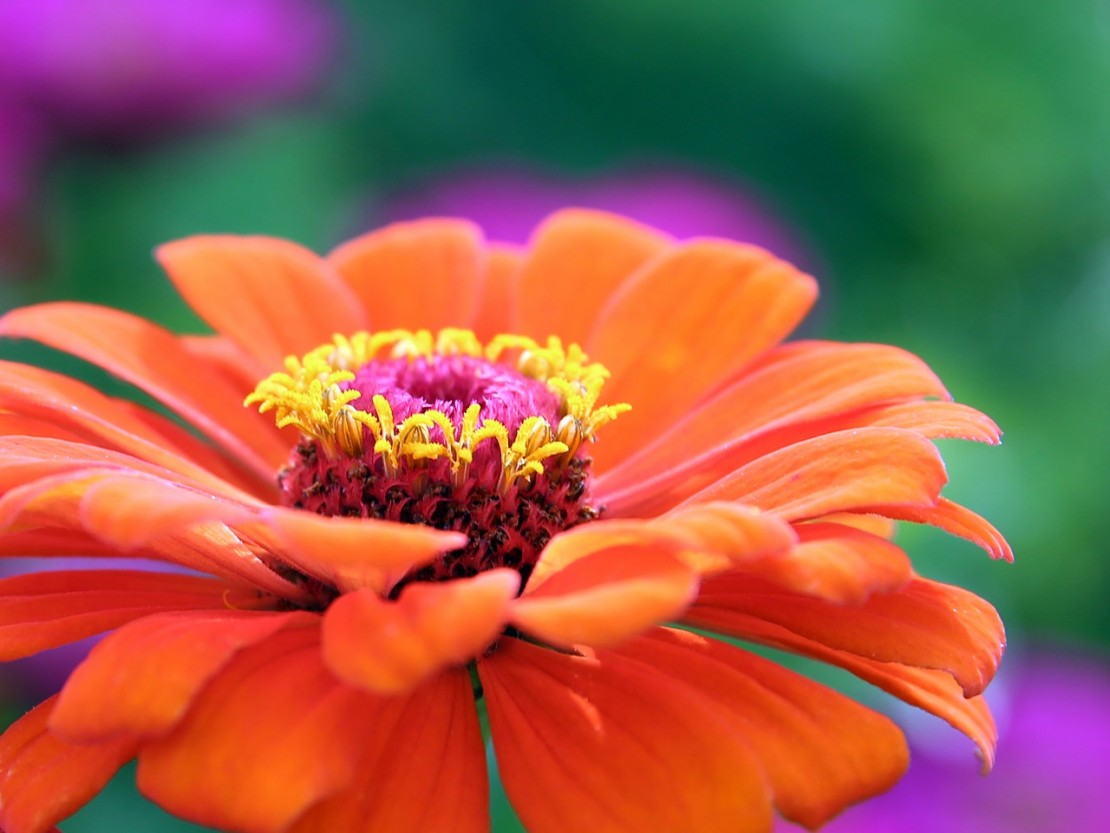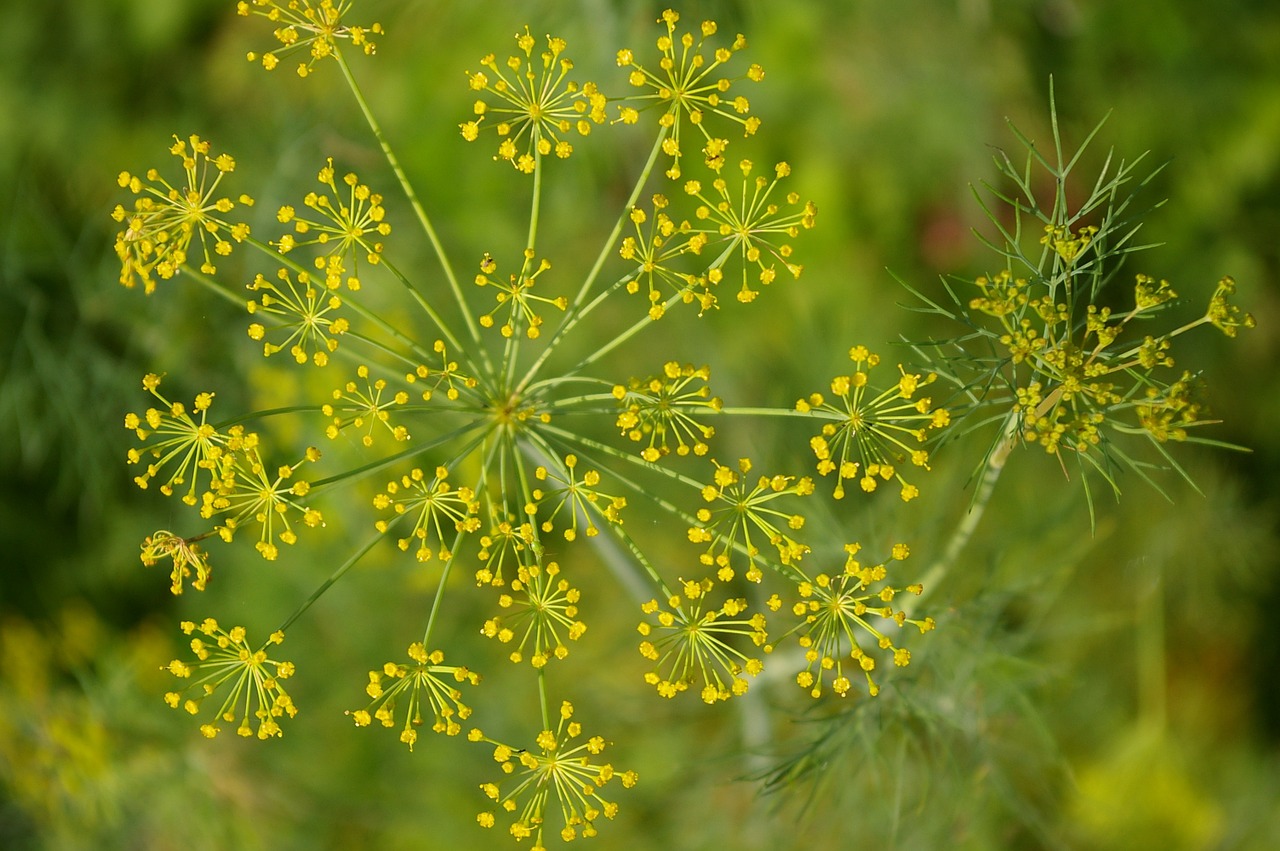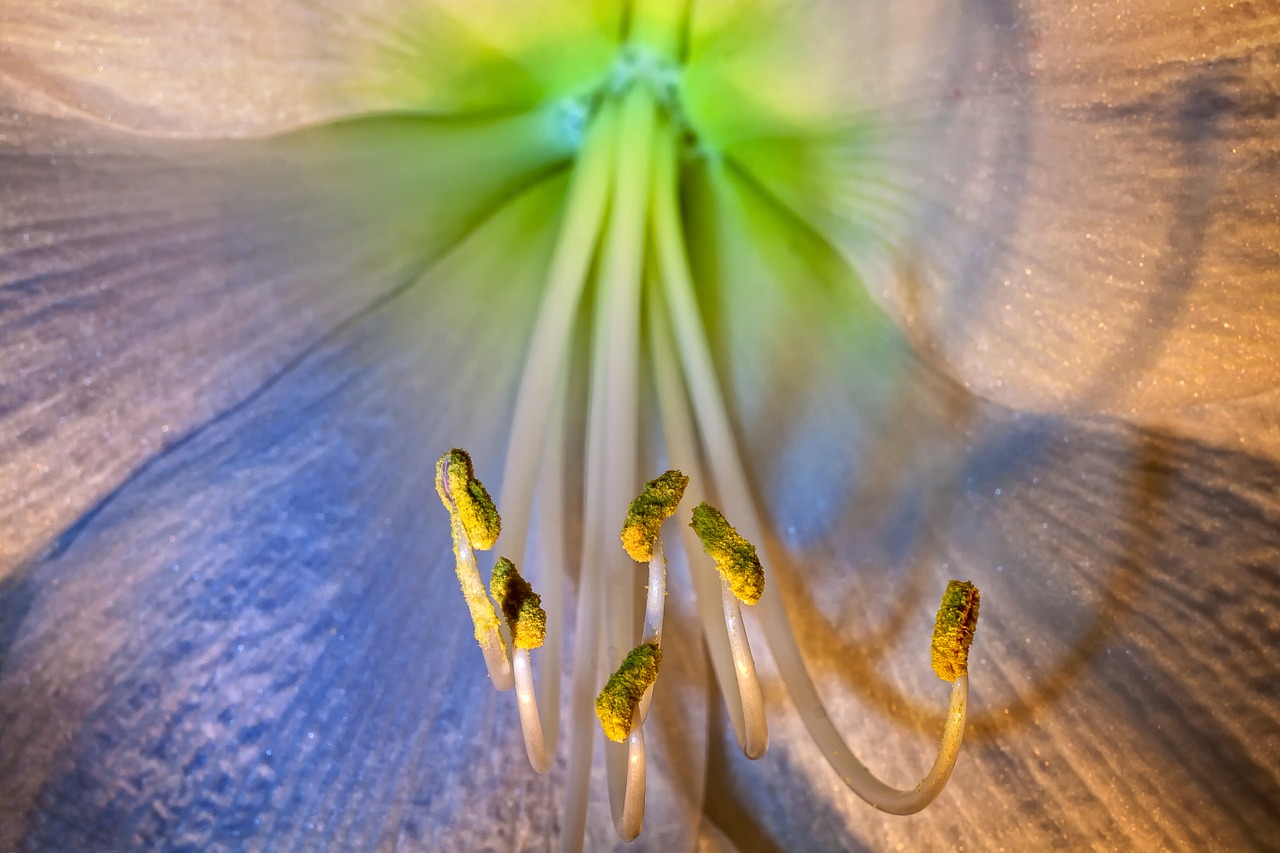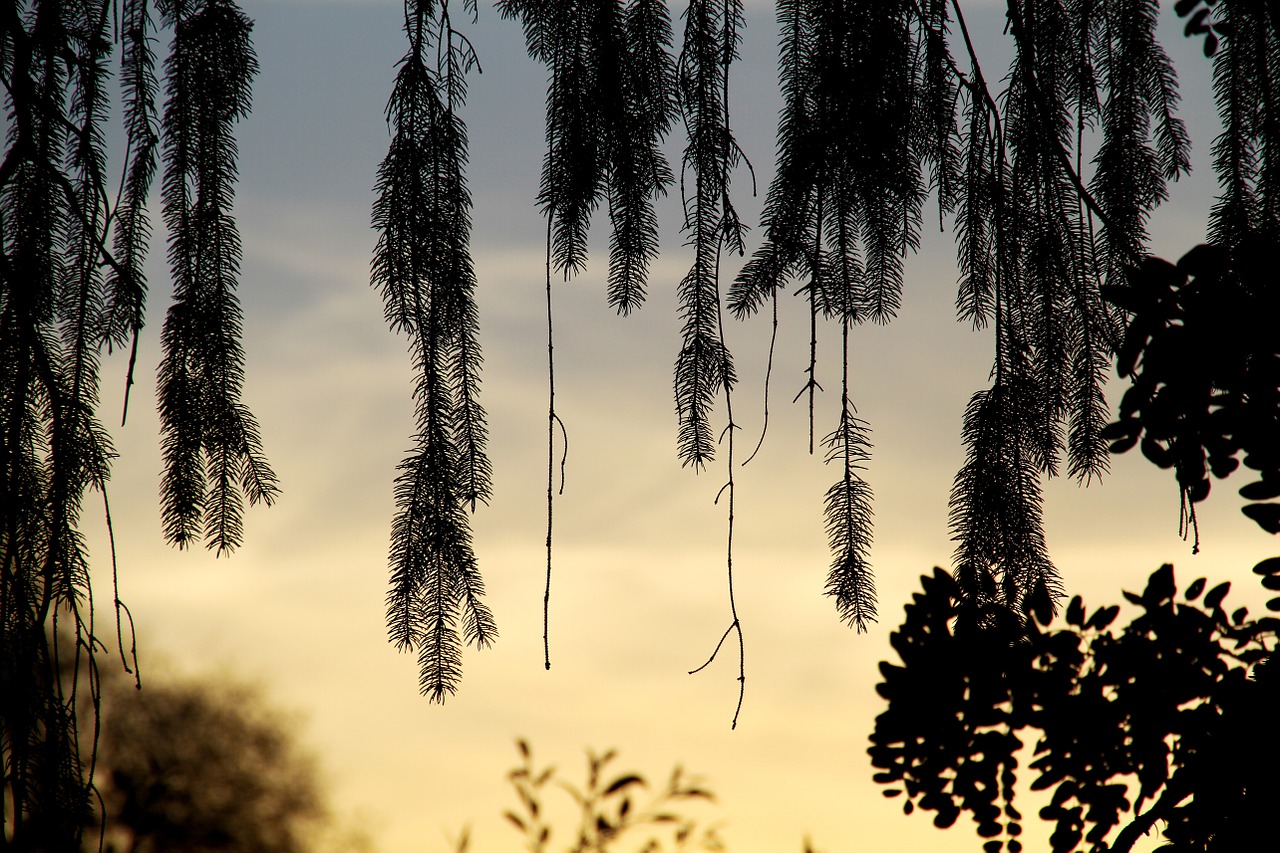
12 Best Botany Words for Your Herbal Studies
Most of the time, the words we use to describe our herbs are fairly straightforward: calendula petals, mint leaves, and ginger root. Leaves, petals, and roots are parts of plants familiar to most people, even if they aren’t gardeners, herbalists, or botanists. And for most purposes, that’s as technical as you need to be.
Other times, it’s handy to know a few of the more unusual botanical terms. These are the botany words you might come across when you are identifying a new plant, or when you are researching an herb. Plus, learning about them adds an interesting twist to our herbal studies.
12 Botany Words to Master
Corm
A corm is a type of thick, underground stem that forms part of the root systems of some plants. Several herb and food crops like konjac and taro produce corms.
Taproot
Dandelion is a familiar herb with a taproot. On plants like dandelion, the root forms a long, pointed shape that is straight and very thick at the top. Butterfly weed also forms a taproot.
Calyx
The part of the hibiscus flower that herbalists use is technically called the calyx – the whorl of sepals that protect a flower while it is still a bud.
Sepal
The sepals are the individual parts that make up the calyx. Sepals protect the bud and support the petals when the flower blooms.
Pistil
Flowers may have male and female parts, and the female parts (made up of the stigma, style, and ovary) are called the pistil.
Stamen
The stamen is the part of the flower that produces pollen. They are often found surrounding the pistil in the center of the flower.

Inflorescence
A type of flower cluster, an inflorescence occurs in plants that produce groups of small flowers rather than a single flower on each stem. Elderberry and dill are great examples. An inflorescence can be called a spike, panicle, raceme, or umbel, depending on the shape it creates.
Drupe
A fruit that surrounds a pit is called a drupe. Elderberries are actually drupes, as are sumac berries, and so are peaches and plums!
Catkin
A catkin is another type of flower cluster that differs from an inflorescence. Typically, catkins are found on trees like willow and oak, and form soft, thin “tails” that hang down from the branches.
Cultivar
Shorthand for “cultivated variety,” a cultivar is an herb or flower that is selectively bred for specific characteristics. Some herbs more than others have been selectively bred this way. English lavender, L. angustifolia, is a great example of an herb that has many cultivars, such as “Melissa” (a variety with pale flowers) and “Royal Blue” (a variety with exceptionally dark blue flowers). Cultivar names are added on to the rest of the botanical name by affixing the letters “cv” or including the cultivar name in single quotes: Lavendula angustifolia cv Royal Blue or Lavendula angustifolia ‘Royal Blue.’
Succulent
Plants with thick, fleshy stems and leaves that store water are called succulents. Cacti are some of our most familiar succulents, but purslane, aloe, and sedums are a few succulent herbs to know.
Rhizome
Most people think of rhizomes as roots, but they are actually an underground stem that grows horizontally just below the soil. Ginger and turmeric are familiar herbal rhizomes.
Our herbal studies can cover so many interesting topics, from the human body to botany, and learning about the fascinating anatomy of plants can open the door to a better understanding of our herbal allies.
Here at the Academy, we offer self-paced, online herbal learning courses to fit any budget. If you are looking for a high quality, affordable herbal education, you can choose from our Introductory or Intermediate Courses and join a dedicated community of students and instructors to accompany you on your herbal journey. Coming Fall 2015, our Advanced Herbal Cousre provides a challenging, thorough course of study for herbalists interested in building an herbal practice and taking their studies to a professional level. We hope to see you in class! Error, group does not exist! Check your syntax! (ID: 5)











